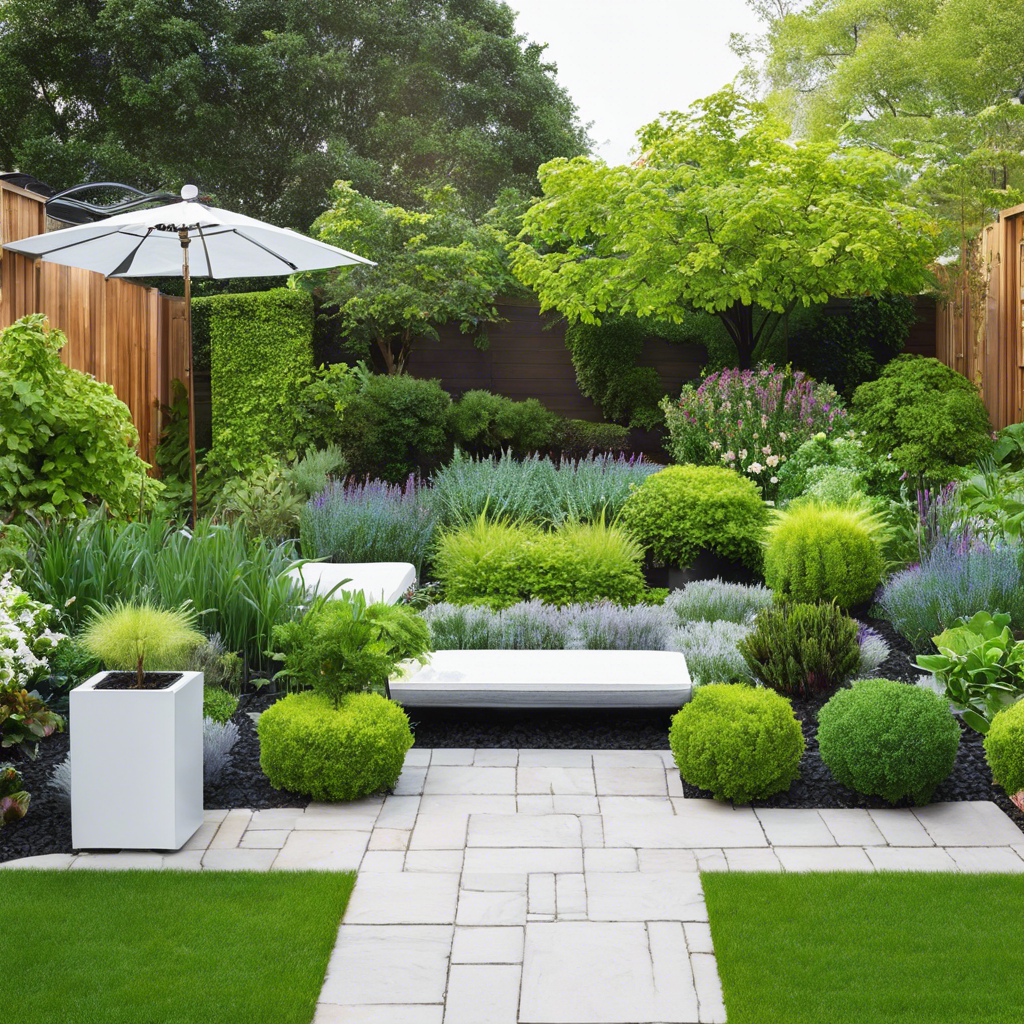Creating a smart garden is an innovative way to grow your own produce, herbs, and flowers with efficiency and precision. By utilizing modern technology and a bit of creativity, you can design a garden that is not only productive but also eco-friendly and convenient. So, how can you build your own smart garden? Here are some essential tips to get you started:
Firstly, understand the basics of gardening, including soil health, plant nutrition, and watering practices. This knowledge will form the foundation of your smart garden. You can then begin to incorporate technology to enhance these practices. For example, consider investing in smart sensors that monitor soil moisture and nutrient levels. These sensors can connect to your phone or device, providing real-time data and alerts, so you know exactly when your plants need attention.
The beauty of a smart garden is that it can be customized to your specific needs and space. Raised garden beds or vertical gardens are excellent options for those with limited space, as they maximize growing area and can be tailored to your plant requirements. With a vertical garden, you can grow a variety of plants in a small footprint, and it adds a unique aesthetic to your outdoor space.
Additionally, efficient watering practices are key to a successful smart garden. Consider installing a drip irrigation system with automatic timers, so your plants receive the exact amount of water they need without waste. This not only conserves water but also ensures your plants thrive, as overwatering can be just as detrimental as underwatering.
Another crucial aspect is light management. Depending on your garden’s location and the natural light it receives, you may want to invest in LED grow lights, which can be programmed to provide the optimal spectrum and duration of light for your plants’ growth. This is especially beneficial if you’re growing light-loving plants, such as tomatoes or peppers, during seasons with shorter daylight hours.
